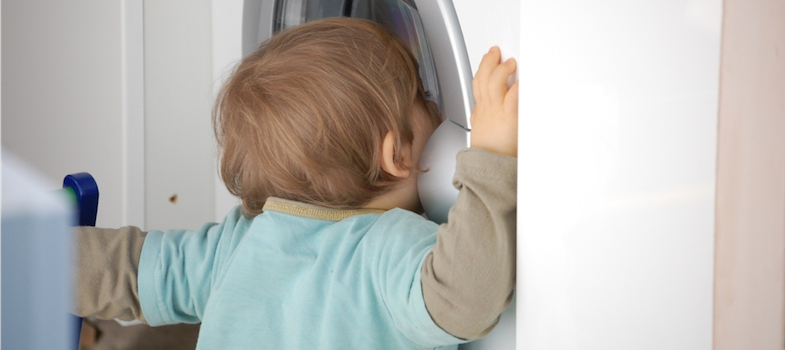Comment on Activity 4.2
You might ask a technical question about where the computer was and how it was being shared? Who was in control of the pictures? Was the child moving the pictures on or was it at the control of the woman?
You might ask a question about interpretation. Would you feel that the photos which get the greatest response are of the greatest interest to the child? Is the child more interested in those than in pictures of himself and his dad?
You could want to test out a theory you might have about the ball and the shoes.
There is no doubt that controlling the picture selection can be really important. Watching the child make a choice about whether to look at the pictures and to move them on is an opportunity for us to consider the child’s interest. There will be some situations where this is not possible. For example, there is often concern about the child being distracted by the gadgetary or concern about the value of the technology; but such concerns can also reflect our own nervousness and close down opportunities. For instance, if a child is being distracted by technology that suggests they have an interest in it; finding a way around this could be fruitful. It is also possible that family members may want to limit the child’s use of technology or not feel comfortable with its use. Their concerns must be respected, but an initial discussion may well open up new possibilities. Revisiting photos through the use of picture books, badges and pictures in print can also be a rich source of discussion.
Of course, it is also quite possible that the child does not wish to look at the pictures at all. But there are also tales of children disappearing when the pictures are being shared and then look from across the room, or being interest for a little while or in different ways on different occasions. As with every aspect of In-the-Picture, the manner in which it is used should always have a little bit of planning, but be responsive to the moment. Some practitioners have found, for example, that it is helpful to collect a selection of objects rather than photos and use these for sharing. What is evident, when something is shared, opportunities for learning arise. As one home visitor noted:
it’s amazing what you can get out of an image of an object that doesn’t look interesting at all. But actually you’re all there sharing that same image of that object. So the parents see exactly the same thing that you’re seeing that the child’s seen.
